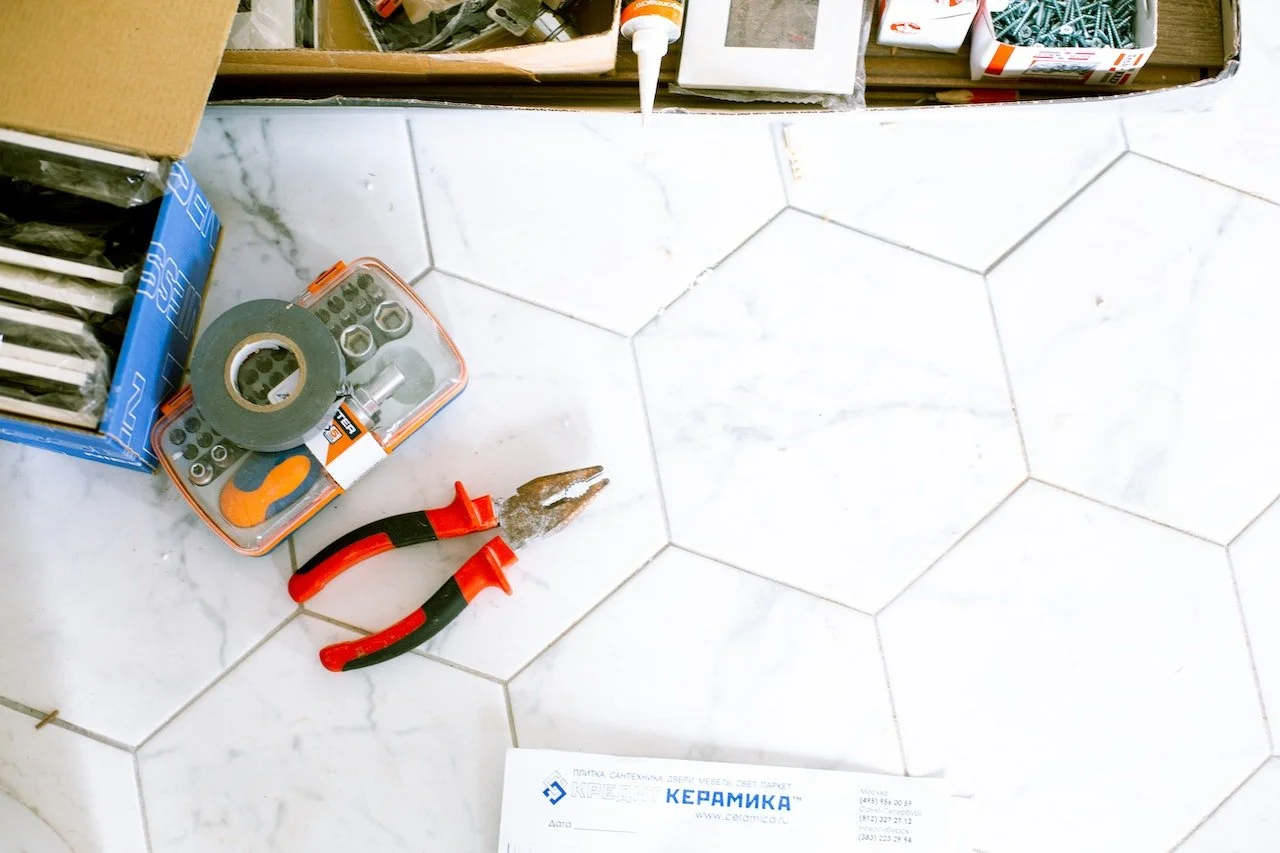Water damage in your home or apartment can be a frustrating experience due to the problems that result from it, not the mention the health risks. Regardless of the cause, learning how to identify and fix water damage before it becomes a larger issue can save you time and money in the future.
What is Water Damage?
The term water damage broadly refers to any type of physical damage caused to a property that has come into direct contact with water. The specific cause of the damage doesn’t matter, as water damage can occur naturally due to hurricanes or floods, and it may occur non-naturally such as when a pipe breaks.
Just minutes after water damage begins to affect a home, the contamination will start to spread to the surrounding walls, floors, and ceilings. Water will be absorbed by these parts of the home, and they will begin to swell within a few hours while creating an unpleasant odor. Days after exposure to water, these parts of your home can develop mold and start to decay.
Finally, the health risk associated with water damage in a home may become so bad that you will be forced to leave your home until the property has been gutted and rebuilt from the inside out.
Common Signs of Water Damage
The average cost of restoring water damage is $2-3 per square foot, which goes to show the importance of spotting water damage before it starts to spread. To that end, learning the common signs of water damage can help you understand when to contact a professional. Below are some of the quick ways to identify if water damage has occurred:
· Visible mold growth is occurring around areas in the home close to where water damage happened
· Musty smells start to grow stronger over time, which can be a result of water damage in a dark, hidden part of the home
· Paint and wallpaper beings to peel around the home after a storm or accident involving water
· Your floors, walls, and ceiling being to warp over time
· Your utility bills suddenly skyrocket for no apparent reason
6 Ways to Address Water Damage
Fixing issues related to water damage can seem challenging on the surface, but the following six tips can help you solve the issue quickly:
1. Inspect for any molding
In most cases, mold will begin to start in the seams of floors and ceilings when water damage has occurred. If you notice a musty smell, consider opening all the doors and looking under all your furniture. Mold will enjoy growing in dark and damp places, so keep this in mind as you search your home.
2. Dry out the affected area
If you know where the water damage occurred, such as a storm or burst pipe, immediately focus on drying out the area. Use towels, sunlight, or whatever you can to reduce the amount of water being soaked up by the surrounding area. Every bit you get dry will help reduce the risk of more damage occurring.
3. Contact a professional for cleaning
If the water damage is far too extensive, don’t hesitate to reach out to a professional for help. Certified restorationists can successfully clear out the area and dry it quickly so that you don’t need to worry about long-lasting problems.
4. Disinfect any remaining materials
Water damage can cause bacteria to build up in the walls, floors, and ceiling of your home. Disinfect any area that has been impacted by water damage to help ensure that any health risks are reduced.
5. Replace any damaged wood
According to the United States Environmental Protection Agency, damp surfaces that are cleaned within 24-48 hours have a low likelihood of molding. However, if the wood in your home has been exposed to water damage for longer than this, it’s best to replace all of the wood with new slabs.
6. Focus your attention on ceiling water damage repair first
Due to the effects of gravity, a water damaged ceiling can be the most dangerous part of a home. To avoid your ceiling collapsing from compromised wood, handle any water damage affecting the ceiling first.
Fix your household water damage today
Don’t settle for a home that is ruined by the effects of water damage. While dealing with this issue can seem frustrating in the moment, you’ll thank yourself later down the line due to all the money you’ll save. Reach out to a professional in your area if you think your home has water damage and want to get the problem solved sooner, rather than later.
Guest Contributor: Susan Melony










